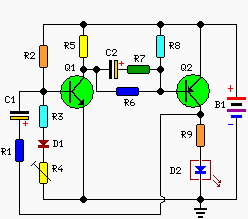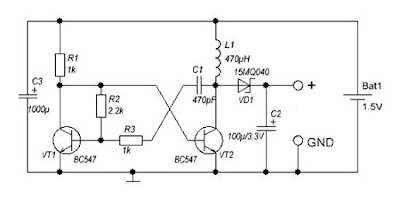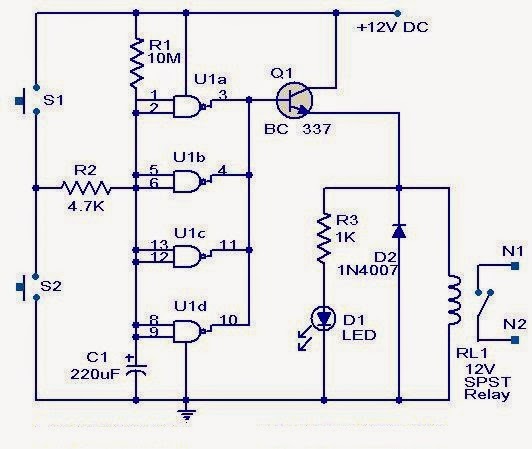How to build Analog Milliamp Meter Used as Voltmeter

A milli Amp analog meter often used along with audio system can be easily converted into a decent volt meter, all that is needed is an understanding of the requirement and the meter. In case a 10V full scale meter is to be designed, then a 10K resistance is to be put in series with the meter coil so that for an applied voltage of 10V a meter can receive 1milliAmp only. The meter itself has an internal resistance and if that is measured properly then in actual practice the resistor to be connected in series shall be having a value of 1000 ohms – IR (internal resistance of the meter). When we measure smaller voltage then this internal resistance of the meter plays a significant role, say for this particular case the internal resistance is 86 ohms, hence, for a I.V. full scale meter the value of the external resistance would be (1000-86) 914 ohms. The milli amp meter can also be used as an Amp meter of higher currents by adding shunt resistances. This is being achieved by simple net...


























